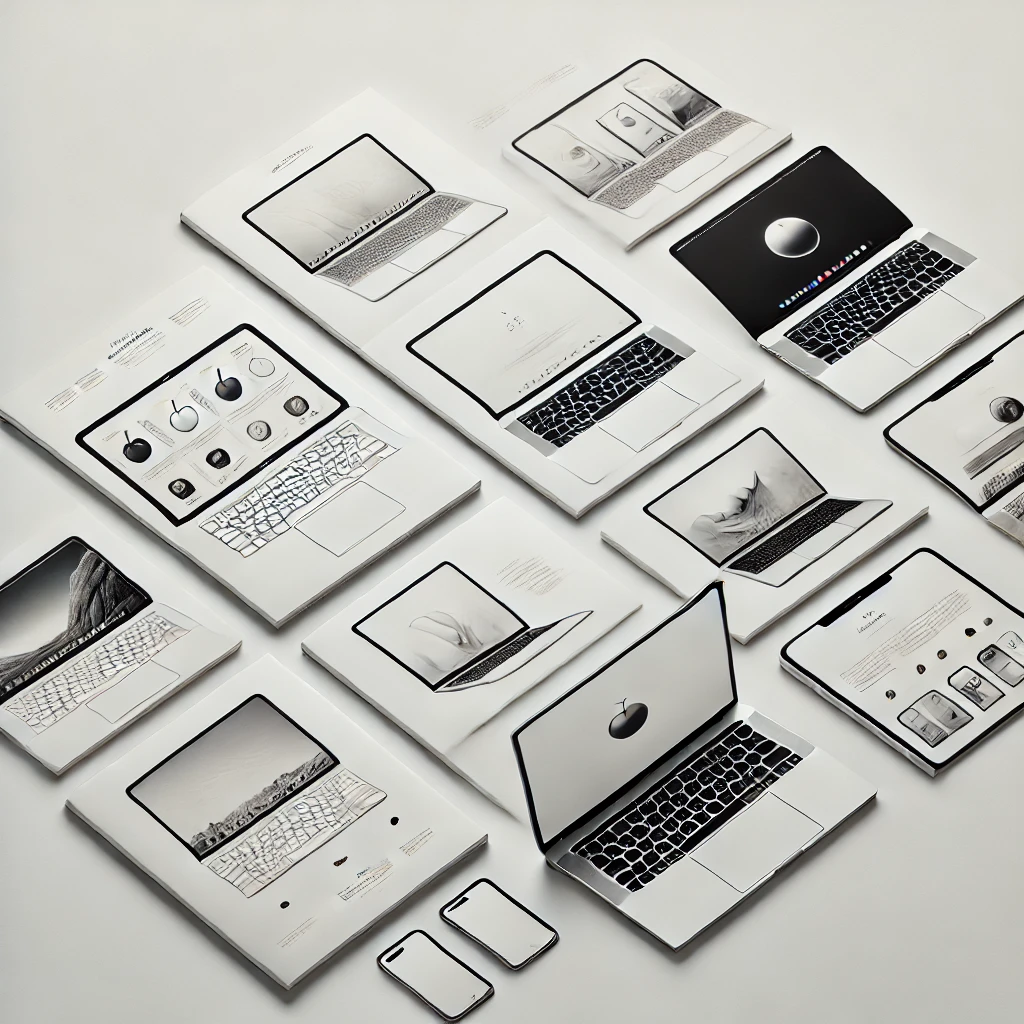Purchasing a pre-owned MacBook can be a smart decision if you’re looking for premium performance at a lower price. However, buying a used laptop comes with its own set of risks. Ensuring the MacBook is in good condition and meets your requirements is crucial to avoid unexpected expenses. Here are 10 important tips to help you make the right choice.
1. Confirm the MacBook’s Model and Year
Start by identifying the specific model and year of the MacBook. Different models offer varying features, and older ones may not support the latest macOS updates.
How to Check:
- Ask the seller for the model number (e.g., MacBook Pro 2018).
- Verify it by clicking on the Apple logo in the top-left corner of the screen and selecting About This Mac.
2. Inspect the Physical Condition
Examine the laptop for visible signs of wear and tear. Scratches or dents on the casing may not affect performance, but check for issues like damaged hinges or cracked screens.
How to Check:
- Look at the screen under good lighting for cracks or dead pixels.
- Test the hinges by opening and closing the lid smoothly.
3. Test the Keyboard and Trackpad
Older MacBooks sometimes have issues with the keyboard or trackpad. Ensure all keys are functional and the trackpad responds correctly.
How to Check:
- Open a text editor and test every key on the keyboard.
- Move the cursor and perform gestures like pinch-to-zoom to check trackpad sensitivity.
4. Evaluate the Battery Health
The battery’s condition determines how long the MacBook can run on a single charge. Older batteries may need replacement.
How to Check:
- Click on the Apple logo > About This Mac > System Report. Under Power, check the battery cycle count and health status. A cycle count under 500 is ideal.
5. Inspect the Ports and Connections
Make sure the USB, Thunderbolt, HDMI, and headphone ports are functional. These are crucial for connectivity and accessories.
How to Check:
- Plug in devices like USB drives or headphones to test each port.
6. Verify the Screen Quality
The display is one of the most expensive components to repair. Check for screen discoloration, dead pixels, or backlight bleeding.
How to Check:
- Open a blank white or black screen and observe for any irregularities.
7. Check the Storage Capacity
Storage can vary across MacBook models. Confirm the available space matches your needs, and ensure the SSD or HDD is in good condition.
How to Check:
- Go to the Apple logo > About This Mac > Storage. Ensure it aligns with the advertised capacity.
8. Ensure macOS is Updated
The MacBook should be capable of running the latest macOS version for optimal performance and security. Older models may not support recent updates.
How to Check:
- Go to System Preferences > Software Update and check if the latest version is available.
9. Verify the Seller’s Credibility
Dealing with a reputable seller minimizes the risk of scams or hidden defects.
How to Check:
- Request the original receipt or proof of purchase.
- Check online reviews if buying from a reseller or platform.
10. Test the Performance
Run basic apps to ensure the MacBook isn’t sluggish. Pay attention to fan noise or overheating.
How to Check:
- Open multiple browser tabs, run video playback, and check for any performance lag.
Conclusion
A second-hand MacBook can be a great deal if you know what to check. Focus on verifying the model, inspecting the hardware, and testing the performance. With the right precautions, you’ll have a laptop that feels almost as good as new.
Take the time to evaluate your options carefully and use resources like MakeManya to stay informed. Smart decisions today can save you from headaches tomorrow.
Thank you for reading.
